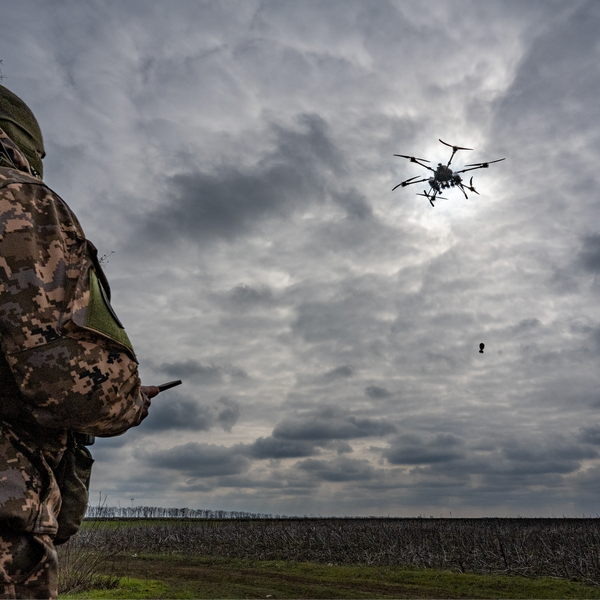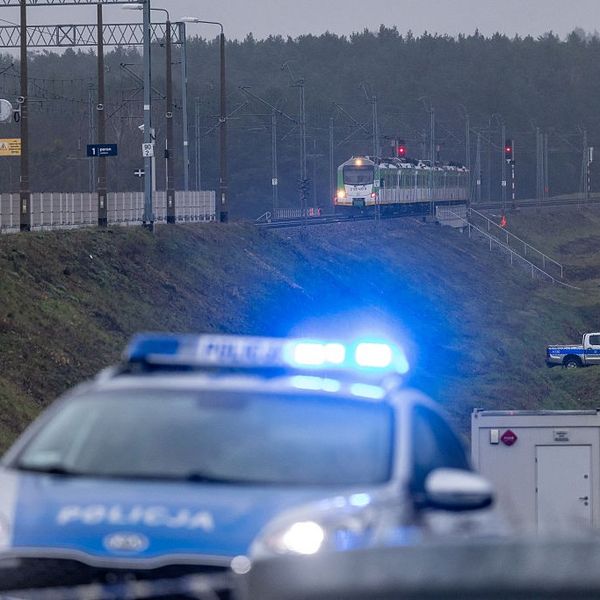OPINION — Numerous U.S. allies have expressed concerns regarding the nuclear weapons programs of Russia, China, North Korea, and Iran. Most of those concerns have come in the context of U.S. extended nuclear deterrence commitments and concerns about American U.S. credibility.
These concerns are not unreasonable, given that Russia continues to have a growing sophisticated nuclear weapons program. Russia currently possesses about 5,580 nuclear weapons, 1,710 currently deployed, and has threatened repeatedly – if in veiled ways – to use them in its war of aggression in Ukraine. China, meanwhile, is expanding its nuclear arsenal at a fast pace, with plans to possess 1,000 nuclear weapons by 2030, while constructing approximately 120 missile silos in Gansu province and around 110 in Xinjiang province to support the deployment of these weapons. North Korea reportedly has roughly 60 nuclear weapons and could exceed 200 by 2027. Recently, the North Koreans successfully launched an ICBM with a 15,000-kilometer range. As for Iran, it has an aggressive uranium enrichment program, while continuing to limit access to International Atomic Energy Agency (IAEA) monitors in Iran. The Trump Administration has said it plans talks with Iran on the nuclear program this weekend.
Beyond their respective nuclear programs, each of these countries also has an impressive ballistic missile program, and Russia, China and North Korea are also making progress with hypersonic and cruise missiles.
Paths to negotiation?
The New Strategic Arms Reduction Treaty (New START) between the U.S. and Russia is due to end in February 2026, with little likelihood of another arms control agreement with Russia. China has consistently refused U.S. requests for arms control negotiations. And North Korea, since the failure of the Hanoi Summit in February 2019 between President Donald Trump and North Korean leader Kim Jong-Un, has refused to meet with the U.S. to discuss its nuclear weapons program. Iran had rejected direct negotiations with the U.S. in response to a letter from President Trump, but finally – and wisely –realized it would be in its interest to talk, given the likelihood that the Trump Administration is considering a kinetic attack on Iran’s nuclear facilities.
This much is clear: Russia, China and North Korea will continue to exponentially increase the number and sophistication of their nuclear weapons, with the likelihood that Iran will remain a threshold nuclear weapons state. Meaningful arms control talks with any of these “axis of authoritarian states” is unlikely.
Equally clear is the fact that the nuclear programs of each of these “axis” countries are of concern to neighboring countries. South Korea and Japan are concerned with North Korea’s nuclear escalation and its provocative behavior. Saudi Arabia, Israel and Turkey are concerned with Iran’s likely pursuit of a nuclear weapon and its support to proxies – Hamas, Houthis and Hezbollah – which threaten the region. NATO, East Europe, the Caucasus and the Baltic states all are concerned with a revanchist Russia, especially if Russia prevails in its war with Ukraine. And China’s military buildup, to include the exponential increase in its nuclear capabilities, is of concern to Taiwan and all countries in East Asia.
Despite U.S. commitments of extended deterrence, it’s likely South Korea and Japan will eventually seek their own nuclear weapons. And Taiwan, Vietnam, and Indonesia may consider establishing nuclear weapons programs in response to China's activities regarding Taiwan and its behavior in the South and East China seas. NATO, given Russia’s war of aggression against Ukraine and the U.S. pivot towards engagement with Moscow, is finally in the process of committing more of its resources to defense, with the objective of spending between 3% to 5% of their GDP on defense. And if Iran acquires nuclear weapons, Saudi Arabia, Egypt, and Turkey would likely build or acquire their own nuclear weapons.
The Nuclear Non-Proliferation Treaty (NPT), established in 1970 to prevent the spread of nuclear weapons and technology, and to promote the peaceful use of nuclear energy, has been relatively successful in limiting the number of nations that possess nuclear weapons. This positive story is changing, however. Following Russia’s invasion of Ukraine and the obvious shortcomings of the 1994 Budapest Memorandum, which involved Russian security assurances for Ukraine in exchange for Ukraine relinquishing over 1,700 nuclear weapons, there is now a view that Ukraine should not have given up all its nuclear weapons. In fact, the view is that if Ukraine had retained even a few nuclear weapons, Russia would not have invaded Ukraine in February 2022. This is a stark message to other countries; a message that argues for nuclear weapons as a deterrent. Given the nuclear buildup of Russia, China and North Korea, and the likelihood that other countries will soon work to acquire a nuclear weapons capability or purchase nuclear weapons, the Trump Administration has recently emphasized the need to pursue an ambitious missile defense capability for the U.S. This “Golden Dome for America” is long overdue. President Ronald Reagan pursued a missile defense system – the Strategic Defense Initiative (SDI) – in the 1980s, but the technology was lacking. We now have the technology, and with a Missile Defense Agency, working closely with the U.S. Space Force and our defense industry partners, we have an opportunity and responsibility to better protect the U.S. from the threat of a nuclear attack.
This column by Cipher Brief Expert Ambassador Joseph DeTrani was first published in The Washington Times
Read more expert-driven national security insights, perspective and analysis in The Cipher Brief











